The Berlin Wall is a symbol that divided the German capital Berlin for 28 years. The wall, built in 1961, was intended to prevent East Germans from escaping to West Germany. The fall of the wall in 1989 led to the reunification of Germany and is considered one of the most important events in history.
Today, remnants of the Berlin Wall can still be seen in the city. Along the walking route, you can learn about the history of the wall and visit the monuments built after its fall. One of the most famous sections of the wall is the East Side Gallery. This section was painted by artists after the wall fell and is one of the world's largest outdoor art galleries.
Exploring the Berlin Wall offers a historical and cultural experience through a walking route. While learning about the history of the wall, you can also discover the vibrant atmosphere of Berlin by walking through the city streets.
Historical Walking Route of the Berlin Wall
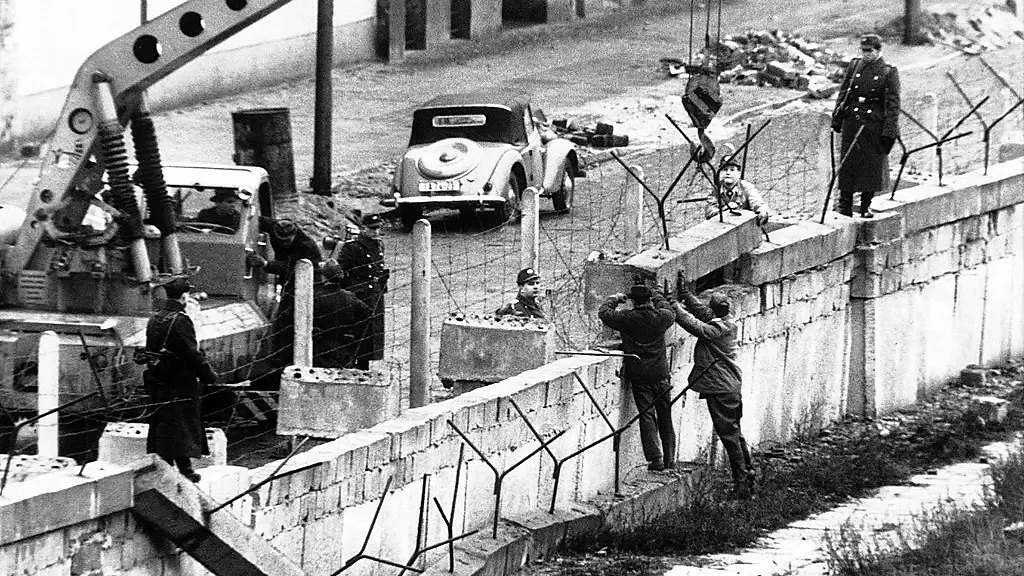
The Berlin Wall is a barrier built by the East German government in 1961 to define the border between West Berlin and East Berlin. The wall became a symbol of Berlin for 28 years and was considered one of the most important events in world history. In 1989, the wall was demolished and Germany was reunited.
Today, the historical walking route of the Berlin Wall is one of the most popular places visited by tourists. Along this route, there are many museums, monuments, and memorials that tell the story of the wall's history. Walking this route provides visitors with information about the construction, demolition, and events that followed the wall.
The route begins at Brandenburg Gate, which became a symbol of West Berlin during the wall's construction. After the wall was demolished, the gate was used to celebrate Germany's reunification. Continuing along the route is Checkpoint Charlie, the most important checkpoint between West Berlin and East Berlin. Visitors can learn about the events that occurred during the wall's construction at this checkpoint.
At the end of the route is the East Side Gallery, the longest section of the wall that was painted by artists after its demolition. These artworks were created to celebrate Germany's reunification.
The historical walking route of the Berlin Wall provides visitors with information about the wall's history and shows the monuments that were created to celebrate Germany's reunification. Following this route gives visitors an opportunity to understand the symbolic importance of the wall.
Walking Route to Discover the Secret Corners of the Berlin Wall
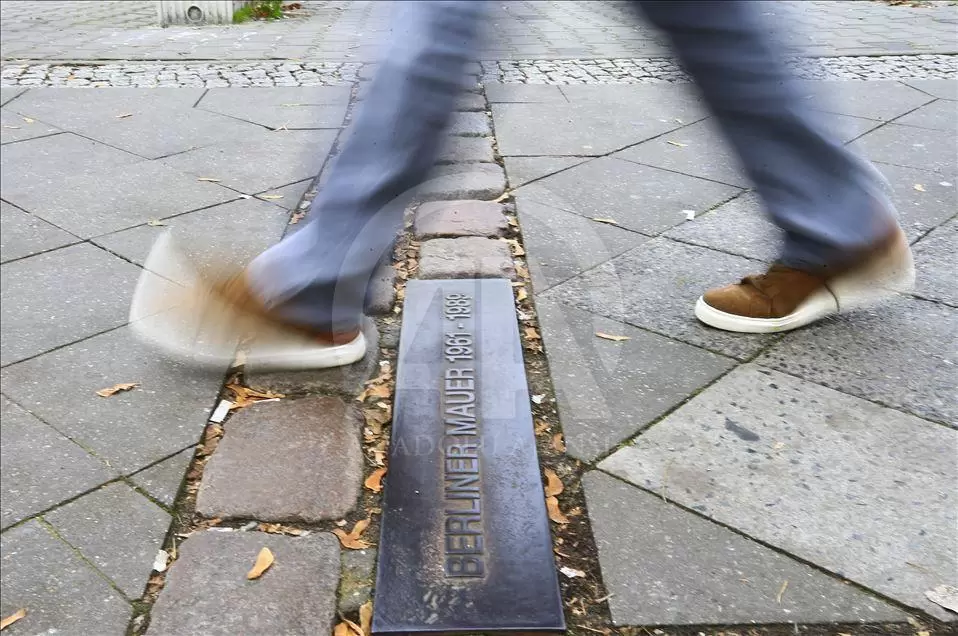
The Berlin Wall was a wall that separated East and West Germany from 1961 to 1989. This wall became a symbol of Germany's division and held an important place in world history. After the fall of the Berlin Wall, many tourists came to Berlin to visit these historic sites. However, the hidden corners of the Berlin Wall had not yet been discovered.
Today, there are many walking routes to discover the hidden corners of the Berlin Wall. These routes provide tourists with information about the history of the wall while also showing them the hidden corners of the wall. These routes help tourists learn more about the history of the wall and discover its hidden corners.
Among the hidden corners of the Berlin Wall are tunnels under the wall, secret passages behind the wall, and traces on top of the wall. These hidden corners were used as escape routes during the construction of the wall. Today, these hidden corners help tourists learn more about the history of the wall and discover its hidden corners.
Walking routes to discover the hidden corners of the Berlin Wall help tourists learn more about the history of Berlin and discover the hidden corners of the wall. These routes help tourists learn more about the history of the Berlin Wall and discover its hidden corners. These routes help tourists learn more about the history of Berlin and discover the hidden corners of the wall.
Walking Route to Explore the Artistic Aspects of the Berlin Wall
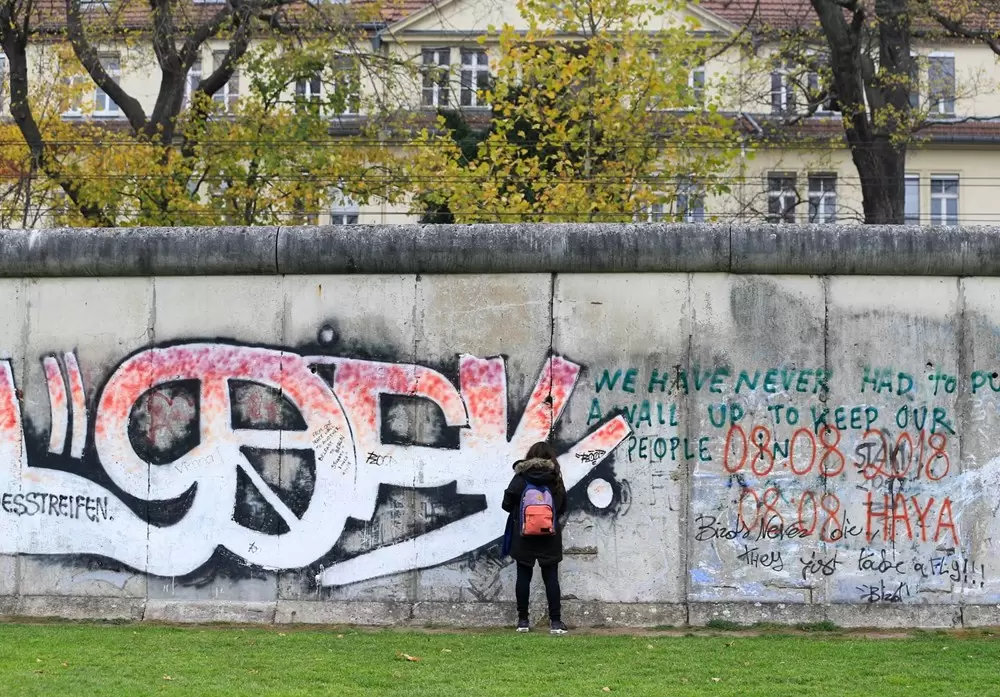
The Berlin Wall was a wall that separated East and West Germany from 1961 to 1989. This wall became a symbol of Germany's division and held an important place in world history. However, the Berlin Wall was not just a symbol of division, it was also an art gallery.
On the West side of the wall, graffiti and mural art were used to fill the gaps on the wall. Artists used these areas to express their messages and protests on the wall. These works of art made the wall a tourist attraction on the West side.
Today, there is a walking route to explore the artistic aspects of the Berlin Wall. On this route, you can see the most famous graffiti and mural art on the West side of the wall. These works of art provide an opportunity to understand the historical and political importance of the wall.
The artistic aspects of the wall were not only used as a means of protest, but also contained messages of unity and peace. These works of art helped people connect and unite with each other.
The artistic aspects of the Berlin Wall are one of the most important works of art in world history. These works of art provide an opportunity to understand the historical and political importance of the wall and help people connect and unite with each other.
Walking Route to Explore the Natural Areas of the Berlin Wall
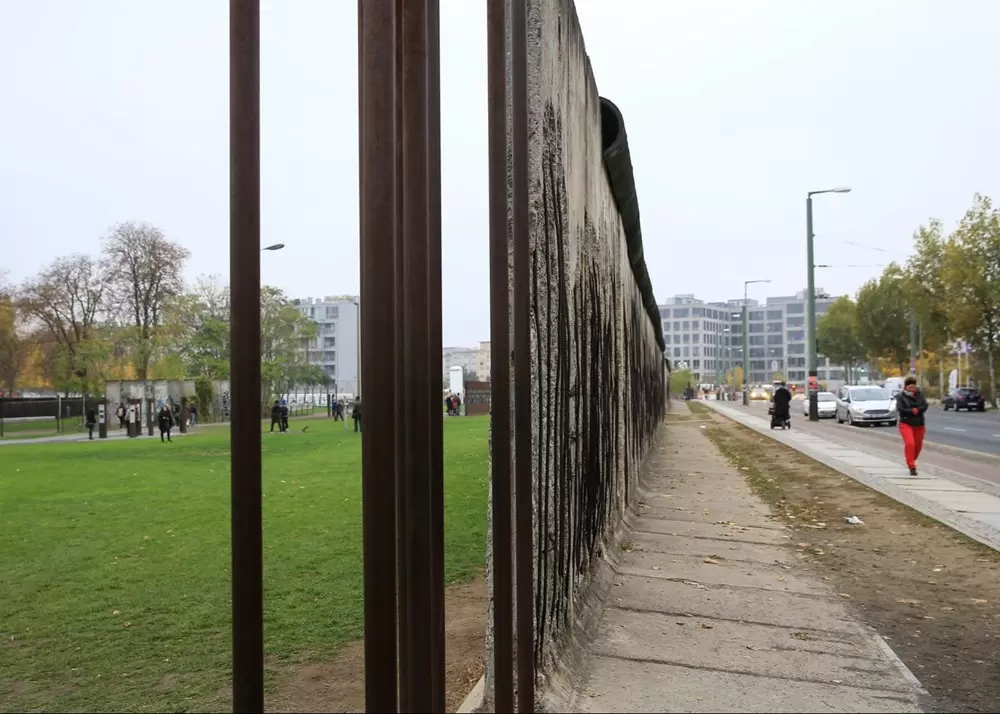
The Berlin Wall divided the capital of Germany, Berlin, for 28 years. Built in 1961, the wall defined the border between East and West Germany and prevented people from East Germany from escaping to West Germany. In 1989, the wall was demolished and Berlin was reunited. Today, remnants of the Berlin Wall can still be seen in the city and are visited by many tourists.
However, the natural areas of the Berlin Wall are also worth exploring. In the area where the wall was built, natural areas have been preserved and developed. These areas can be explored through hiking trails and bike paths.
For example, a hiking trail called Mauerweg (Wall Trail) is an excellent option for exploring the natural areas of the Berlin Wall. This route follows the former route of the wall for 160 kilometers. Along the route, natural areas, parks, and gardens can be visited. Additionally, remnants of the wall can also be seen.
In addition to Mauerweg, there are many bike routes available to explore the natural areas of the Berlin Wall. For example, the Berlin Wall Bike Tour follows the former route of the wall and is a great option for exploring the natural areas.
The natural areas of the Berlin Wall, combined with the city's historical and cultural heritage, offer visitors an unforgettable experience. Hiking trails and bike tours are a great opportunity to explore the natural areas and are an excellent option for those who want to learn more about the history of the Berlin Wall.
The Night Walk Route of the Berlin Wall: Illuminated Historical Sites
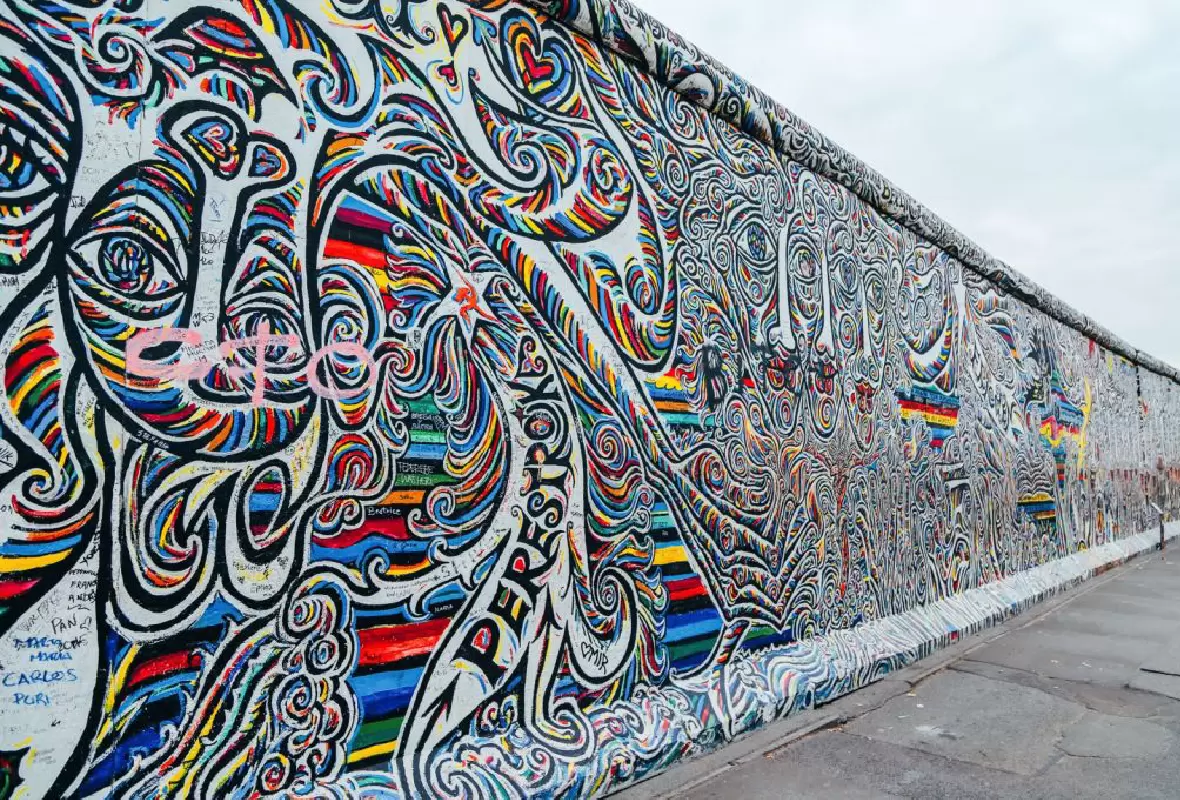
The Berlin Wall was built by East Germany in 1961 and was used to separate West Germany from East Germany. The wall became a symbol of Berlin for 28 years and held an important place in world history. With the fall of the wall in 1989, Berlin's historical and cultural heritage became even more important.
The night walking route of the Berlin Wall offers visitors a tour that tells the events that occurred throughout the wall's history. Illuminated historical sites help visitors learn about the construction, existence, and fall of the wall.
The tour starts at Brandenburg Gate and continues to Checkpoint Charlie. Along this route, visitors can learn about the cruelty that occurred during the wall's construction, East Germany's border control policies, and West Germany's struggle against the wall.
One of the most important stops on the tour is the East Side Gallery, which has become a symbol of the wall's fall. This gallery is full of art pieces made on the remains of the wall and shows visitors the symbolic meaning of the wall's fall.
The night walking route of the Berlin Wall offers visitors a historical journey. Illuminated historical sites tell the events that occurred throughout the wall's history and help visitors understand the symbolic meaning of the wall. This tour is a great option for anyone who wants to explore Berlin's historical and cultural heritage.

Comments